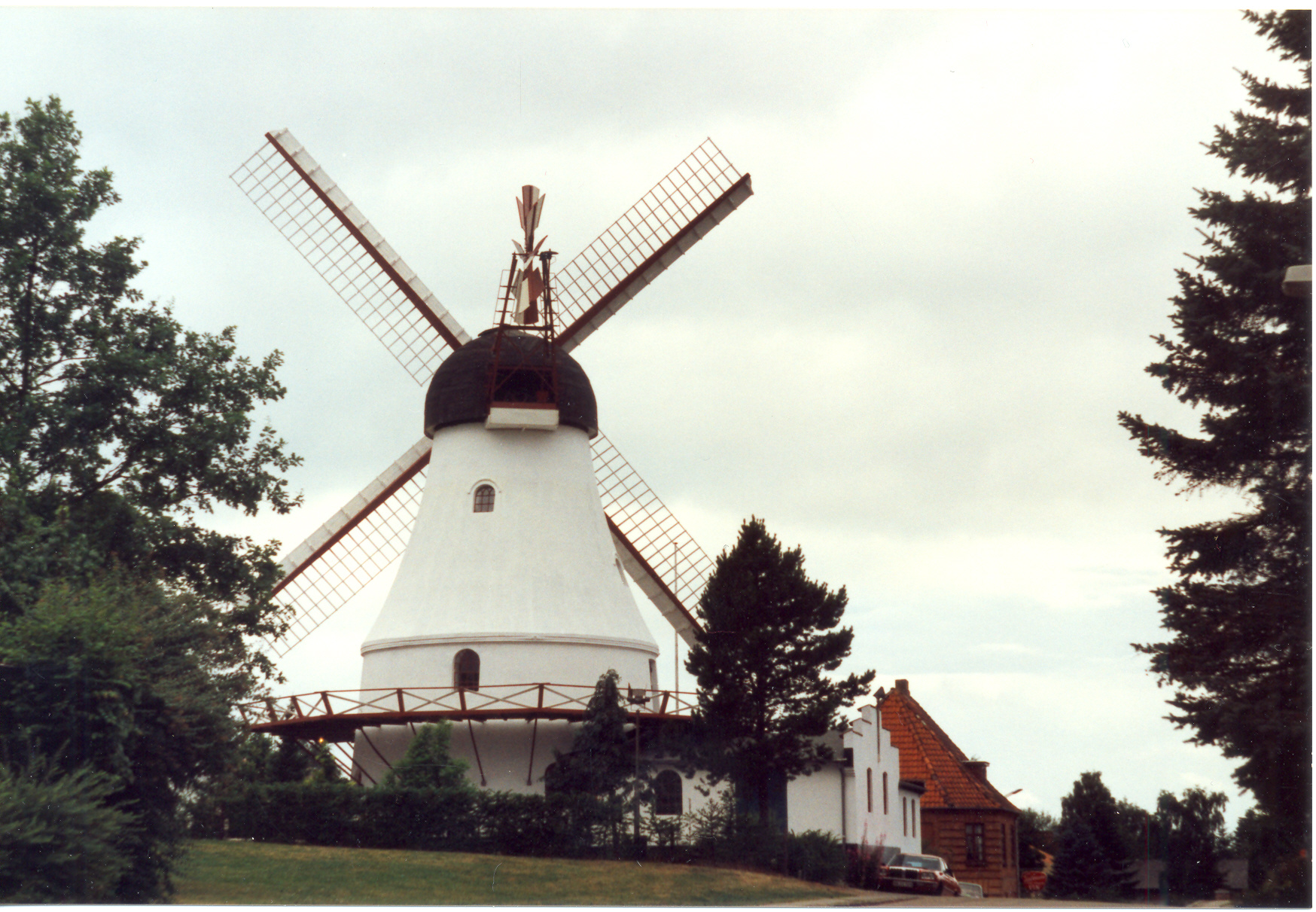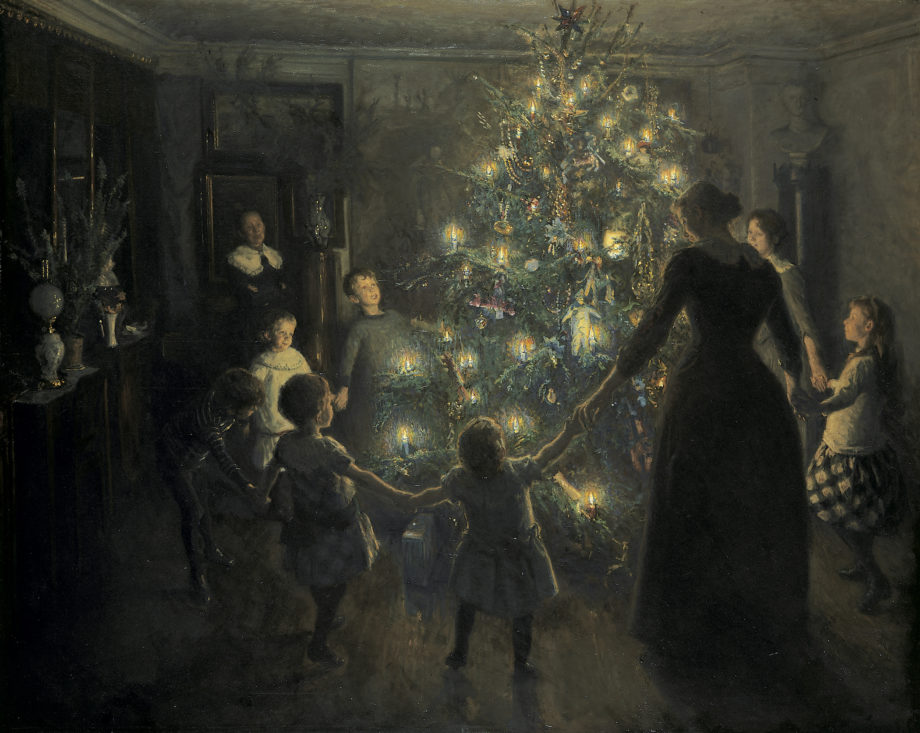|
Tørskind Gravel Pit
Tørskind Gravel Pit (''Tørskind Grusgrav'') is a former gravel pit converted into a sculpture park near Egtved, Vejle, Denmark. The sculptures were created by Robert Jacobsen (1912-1993) and Jean Clareboudt (1944-1997) over five years from 1986 to 1991. The park features works made of steel, granite Granite () is a coarse-grained (phaneritic) intrusive igneous rock composed mostly of quartz, alkali feldspar, and plagioclase. It forms from magma with a high content of silica and alkali metal oxides that slowly cools and solidifies undergro ... and timber. References External linksTourist Guide in English Danish culture Sculpture gardens, trails and parks in Denmark Art museums and galleries in Denmark Museums in the Region of Southern Denmark {{Europe-art-display-stub ... [...More Info...] [...Related Items...] OR: [Wikipedia] [Google] [Baidu] |
Egtved
Egtved is a village with a population of 2,446 (as of 1 January 2022) near Vejle, Denmark in Vejle municipality in the Danish Region of Southern Denmark. Nearby is Tørskind Gravel Pit, a sculpture park. The village has a Romanesque church built in 1170, to which a tower was added in 1863. The Egtved Runestone, found near the church in 1863, is now on display in the church. Egtved Girl Near the village is a Bronze Age archaeological site (ca. 1370 BC) which contained an extremely well-preserved burial. It was discovered in 1921 and is one of the best preserved Bronze Age findings in Denmark. It contained the well preserved body of a girl known as the ''Egtved Girl''. On the site where she was found a barrow with a diameter of 22 metres and a height of 4 metres was built. The teenaged girl was dressed in a string skirt, a short sleeved shirt with a woven belt, and a bronze spiked belt disc. She was laid on a cow-hide and covered by a coarse woollen blanket. Lying next to her ... [...More Info...] [...Related Items...] OR: [Wikipedia] [Google] [Baidu] |
Vejle
Vejle () is a city in Denmark, in the southeast of the Jutland Peninsula at the head of Vejle Fjord, where the Vejle River and Grejs River and their valleys converge. It is the site of the councils of Vejle Municipality ('' kommune'') and the Region of Southern Denmark. The city has a population of 60,231 () making it the ninth largest city in Denmark. Vejle Municipality has a population of 119,007 () making it the fifth largest municipality in Denmark. The city is part of the Triangle Region, which includes the neighbouring cities of Kolding and Fredericia and it is located 110 kilometres (68 miles) north of Germany. Vejle is most known for its forested hills, fjord, harbour, shopping, pedestrian mall, and windmill. History The word "Vejle" derives from the Old Danish word ''wæthel'', meaning "ford" or "wading place" due to its location at a busy crossing over Vejle River. During Viking times, the wetlands around Vejle had to be crossed at the Ravning Bridge, a nearly hal ... [...More Info...] [...Related Items...] OR: [Wikipedia] [Google] [Baidu] |
Denmark
) , song = ( en, "King Christian stood by the lofty mast") , song_type = National and royal anthem , image_map = EU-Denmark.svg , map_caption = , subdivision_type = Sovereign state , subdivision_name = Danish Realm, Kingdom of Denmark , established_title = History of Denmark#Middle ages, Consolidation , established_date = 8th century , established_title2 = Christianization , established_date2 = 965 , established_title3 = , established_date3 = 5 June 1849 , established_title4 = Faroese home rule , established_date4 = 24 March 1948 , established_title5 = European Economic Community, EEC 1973 enlargement of the European Communities, accession , established_date5 = 1 January 1973 , established_title6 = Greenlandic home rule , established_date6 = 1 May 1979 , official_languages = Danish language, Danish , languages_type = Regional languages , languages_sub = yes , languages = German language, GermanGerman is recognised as a protected minority language in t ... [...More Info...] [...Related Items...] OR: [Wikipedia] [Google] [Baidu] |
Robert Jacobsen
Robert Julius Tommy Jacobsen (4 June 1912 – 26 January 1993) was a Danish sculptor and painter. The Danish Robert Award is named in his honor. Biography Jacobsen was born in Copenhagen. He was self-taught as a sculptor. During World War I, he worked with Danish modernist artists such as Asger Jorn, Carl-Henning Pedersen and Egill Jacobsen. They participated in the circle around the journal ''Helhesten'' and would later come to make up the COBRA-movement. Although Jacobsen had a connection with the CoBrA artists, but he never was a member of their group. In this period he created massive granite and sandstone structures which he called "Mythical Creatures" (Danish: ''Fabeldyr ''). In the late 1940s, he creates a group of sculptures which he called "Dolls" (Danish: ''Dukkerne''). He traveled to France with his colleague Richard Mortensen and lived there from 1947–69. During his time in France he began creating sculptures in cast iron. In France he received the nickname ... [...More Info...] [...Related Items...] OR: [Wikipedia] [Google] [Baidu] |
Steel
Steel is an alloy made up of iron with added carbon to improve its strength and fracture resistance compared to other forms of iron. Many other elements may be present or added. Stainless steels that are corrosion- and oxidation-resistant typically need an additional 11% chromium. Because of its high tensile strength and low cost, steel is used in buildings, infrastructure, tools, ships, trains, cars, machines, electrical appliances, weapons, and rockets. Iron is the base metal of steel. Depending on the temperature, it can take two crystalline forms (allotropic forms): body-centred cubic and face-centred cubic. The interaction of the allotropes of iron with the alloying elements, primarily carbon, gives steel and cast iron their range of unique properties. In pure iron, the crystal structure has relatively little resistance to the iron atoms slipping past one another, and so pure iron is quite ductile, or soft and easily formed. In steel, small amounts of carbon, other ... [...More Info...] [...Related Items...] OR: [Wikipedia] [Google] [Baidu] |
Granite
Granite () is a coarse-grained (phaneritic) intrusive igneous rock composed mostly of quartz, alkali feldspar, and plagioclase. It forms from magma with a high content of silica and alkali metal oxides that slowly cools and solidifies underground. It is common in the continental crust of Earth, where it is found in igneous intrusions. These range in size from dikes only a few centimeters across to batholiths exposed over hundreds of square kilometers. Granite is typical of a larger family of ''granitic rocks'', or ''granitoids'', that are composed mostly of coarse-grained quartz and feldspars in varying proportions. These rocks are classified by the relative percentages of quartz, alkali feldspar, and plagioclase (the QAPF classification), with true granite representing granitic rocks rich in quartz and alkali feldspar. Most granitic rocks also contain mica or amphibole minerals, though a few (known as leucogranites) contain almost no dark minerals. Granite is nearly alway ... [...More Info...] [...Related Items...] OR: [Wikipedia] [Google] [Baidu] |
Danish Culture
The culture of Denmark has a rich scientific and artistic heritage. The astronomical discoveries of Tycho Brahe (1546–1601), Ludwig A. Colding's (1815–1888) neglected articulation of the principle of conservation of energy, and the foundational contributions to atomic physics of Niels Bohr (1885–1962); in this century Lene Vestergaard Hau (born 1959) in quantum physics involving the stopping of light, advances in nano-technology, and contributions to the understanding of Bose-Einstein Condensates, demonstrate the range and endurance of Danish scientific achievement. The fairy tales of Hans Christian Andersen (1805–1875), the philosophical essays of Søren Kierkegaard (1813–1855), the short stories of Karen Blixen, penname Isak Dinesen, (1885–1962), the plays of Ludvig Holberg (1684–1754), modern authors such as Herman Bang and Nobel laureate Henrik Pontoppidan and the dense, aphoristic poetry of Piet Hein (1905–1996), have earned international recognition, as ha ... [...More Info...] [...Related Items...] OR: [Wikipedia] [Google] [Baidu] |
Sculpture Gardens, Trails And Parks In Denmark
Sculpture is the branch of the visual arts that operates in three dimensions. Sculpture is the three-dimensional art work which is physically presented in the dimensions of height, width and depth. It is one of the plastic arts. Durable sculptural processes originally used carving (the removal of material) and modelling (the addition of material, as clay), in stone, metal, ceramics, wood and other materials but, since Modernism, there has been an almost complete freedom of materials and process. A wide variety of materials may be worked by removal such as carving, assembled by welding or modelling, or moulded or cast. Sculpture in stone survives far better than works of art in perishable materials, and often represents the majority of the surviving works (other than pottery) from ancient cultures, though conversely traditions of sculpture in wood may have vanished almost entirely. However, most ancient sculpture was brightly painted, and this has been lost. [...More Info...] [...Related Items...] OR: [Wikipedia] [Google] [Baidu] |
Art Museums And Galleries In Denmark
Art is a diverse range of human behavior, human activity, and resulting product, that involves creative or imagination, imaginative talent expressive of technical proficiency, beauty, emotional power, or conceptual ideas. There is no generally agreed definition of what constitutes art, and its interpretation has varied greatly throughout history and across cultures. In the Western tradition, the three classical branches of visual art are painting, sculpture, and architecture. Theatre, dance, and other performing arts, as well as literature, music, film and other media such as interactive media, are included in a broader definition of the arts. Until the 17th century, ''art'' referred to any skill or mastery and was not differentiated from crafts or sciences. In modern usage after the 17th century, where aesthetic considerations are paramount, the fine arts are separated and distinguished from acquired skills in general, such as the decorative arts, decorative or applied arts. ... [...More Info...] [...Related Items...] OR: [Wikipedia] [Google] [Baidu] |




